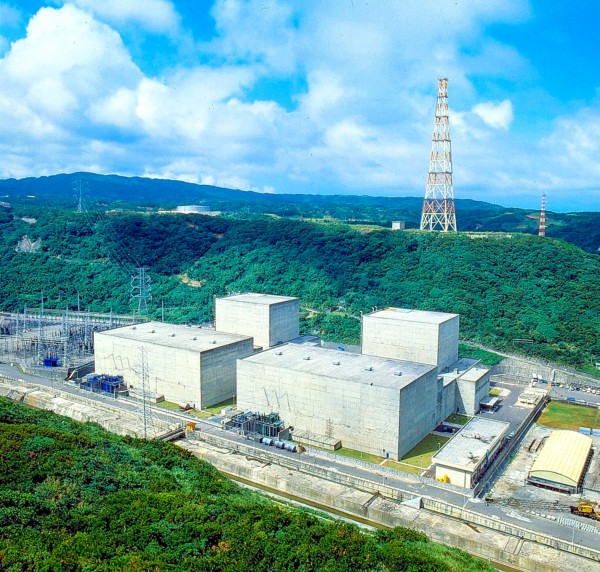《TAIPEI TIMES》 Nuclear fund to swell by NT$100bn

The Jinshan Nuclear Power Plant in New Taipei City’s Shimen District is pictured in an undated photograph. Photo courtesy of Taiwan Power Co
CONTINUED PAYOUTS: Taipower is to incorporate subsidies and compensations paid to people living near nuclear power plants under a single fund, if the plan is approved
By Jake Chung / Staff writer, with CNA
Estimated annual expenditure at Taiwan Power Co’s (Taipower, 台電) Nuclear Power Back-end Operations Fund has surged by NT$100 billion (US$3.4 billion) due to plans to incorporate two separate expenditure items into the fund, the state utility said in its latest report to the Ministry of Economic Affairs.
The increased amount is due to changes in operational costs after the retirement of nuclear power plants and the merging of the Promoting the Development of Power and Energy Subsidies and Radioactive Waste Storage Compensatory funds into payout items for the operations fund.
Merging the expenditures was in response to requests made by local residents, State Enterprise Commission Vice Chairperson Wu Fong-sheng (吳豐盛) told a news conference after an inspection on Tuesday.
The residents demanded the continuation of payouts from the compensatory fund and subsidies based on rates when the power plant is running at full capacity, Wu said.
The company paid between NT$81 million and NT$85 million to residents of New Taipei City’s Shihmen (石門), Sanjih (三芝) and Jinshan (金山) districts in 2013 and 2014, when the Jinshan Nuclear Power Plant in Shihmen was running at full capacity.
The subsidies are based on the wattage of power generated, storage capacity and other necessities, Taipower said.
As for compensatory funds, the company offered NT$200 per barrel of low-radiation waste stored near the power plant and NT$60 per barrel for other areas, the company said.
The company offered NT$30,000 per tonne of waste for those living near the power plant and NT$9,000 per tonne in other areas.
Should the commission approve the request, the operation fund will pay NT$176 million per year, totaling NT$4.4 billion over 25 years, after which the power plant must shut down entirely, Wu said.
The commission would ask the company to consider offering a sum that would not be less than the subsidies offered when the plant is running at full capacity, Wu said.
As for changes in operational costs, Taipower cited additional expenditures of NT$30 billion to transform part of the plant into a dry storage facility, an undisclosed amount to establish a management center to centralize storage of nuclear waste, and another NT$20 billion for the eventual relocation of the Orchid Island (蘭嶼) storage facilities.
Depending on the storage site and method, it would cost NT$40 billion to NT$80 billion to store nuclear waste for the required 40 years, Taipower said.
The ministry told the Legislative Yuan that the total proposed expenditure of NT$470 billion is only one of the options being considered, adding that it would reach a final decision later.
The commission said that even if the budget proposal was approved, Taipower would still have to abide by the plans made by the ministry and the Atomic Energy Council, adding that the fund would be subject to re-evaluation every five years or during crises.
The fund is short NT$14 billion and if a proposal to raise the percentage of funds drawn from electricity fees is not approved by the Evaluation Committee for Power Pricing, Taipower would have to write the amount off as operational losses.
Starting from 1987, the public paid NT$0.14 to NT$0.18 to the fund per kilowatt of power generated, a figure that was increased to NT$0.17 in 2011 and to NT$0.37 in 2013, Taipower statistics showed.
As of December last year, the fund had accrued NT$338 billion, they showed.
The company said it estimates an annual expenditure of NT$20 billion until 2025 to cover the losses with operational surplus.
新聞來源:TAIPEI TIMES














